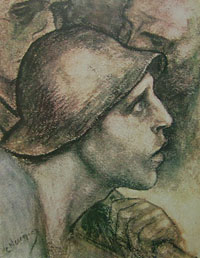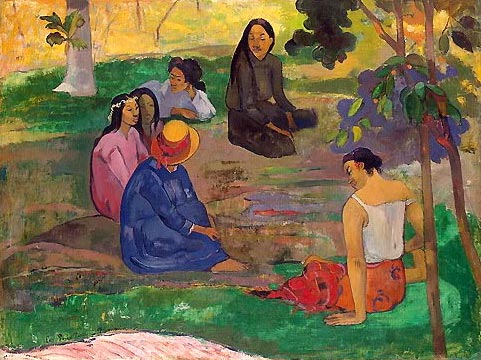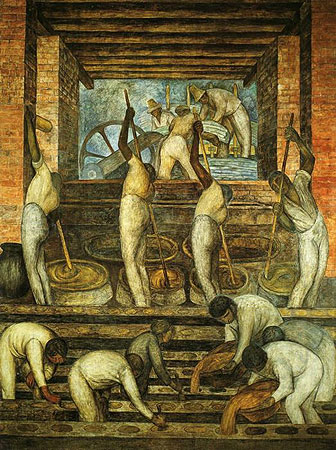French philosopher
Antoine Bourdelle and Aristide Maillol – antiquity in the works
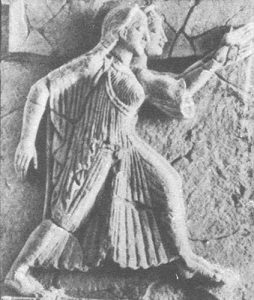 Antoine Bourdelle and Aristide Mayol. What binds them? That they were born in the same year – 1861st? That both are French? Or that they are outstanding sculptors and are at the forefront of the art of the 20th century? Yes it is. But, among other things, another, very important. They admired antiquity and became its living carriers in an era that did little to flourish sculpture.
Antoine Bourdelle and Aristide Mayol. What binds them? That they were born in the same year – 1861st? That both are French? Or that they are outstanding sculptors and are at the forefront of the art of the 20th century? Yes it is. But, among other things, another, very important. They admired antiquity and became its living carriers in an era that did little to flourish sculpture.
Sculptors lived at the turn of the century. Humanity was on the verge of the First World War, the October Revolution, which shook the foundations of the old system. Closed the last page of classical art history. The first letters fit into a book called Modern Art. Continue reading
Masterpieces of Venetian painting
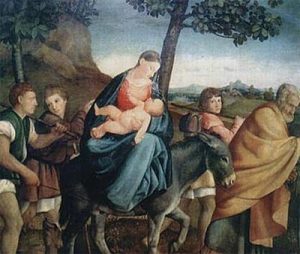 It is enough to remember the names of Giorgione and Titian, Veronese and Tintoretto, and it becomes clear what a bright and beautiful page in the art of the Renaissance was the painting of Venice. In a politically fragmented Italy, each city was an independent state, and its artistic culture had a special character, its own unique features. Historical destinies, social structure, natural conditions, way of life, everyday and cultural traditions determined the originality of the art of a particular center.
It is enough to remember the names of Giorgione and Titian, Veronese and Tintoretto, and it becomes clear what a bright and beautiful page in the art of the Renaissance was the painting of Venice. In a politically fragmented Italy, each city was an independent state, and its artistic culture had a special character, its own unique features. Historical destinies, social structure, natural conditions, way of life, everyday and cultural traditions determined the originality of the art of a particular center.
Indeed, how could it be like any other art painting of Venice – a fabulous city that arose, as if by magic, among the waters of the Adriatic? Continue reading
